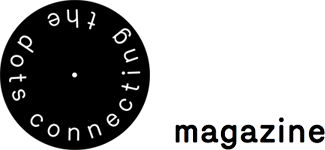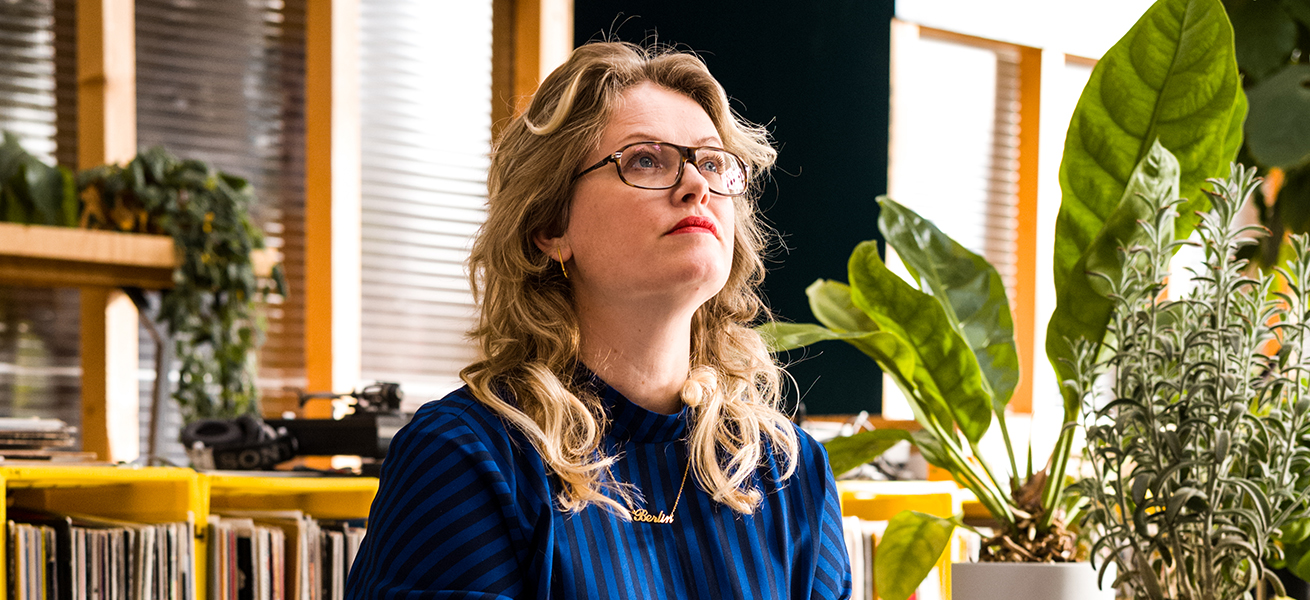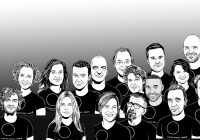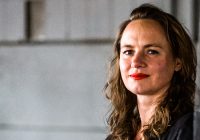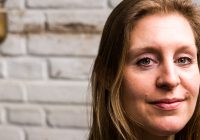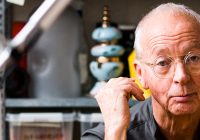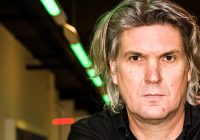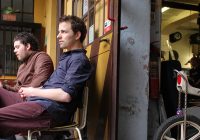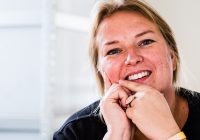Text: Viveka van de Vliet
Photography: Boudewijn Bollmann
Wendy Plomp
Within one decade, Dutch Invertuals has become a household name and has exhibited twenty times with two hundred works by seventy designers. Founder and curator Wendy Plomp, together with the group of selected designers, is celebrating the 10th anniversary of this pioneering collective that shows a visual manifesto every year in Milan. ‘Here, the world comes together. Here, we try to inspire and bring renewal’.
Exactly ten years ago, recent graduate and designer Wendy Plomp was asked by her client Verger to show Dutch Design in Milan. The space she had at her disposal was situated in the heart of Brera, on Via Varese 1. She wanted to show her broad vision of design and asked designers from different disciplines, whom she did not know but whose work she found intriguing, to participate. It resulted in the first presentation of Dutch Invertuals, with work by, among others, Bart Hess, Daphna Laurens, Pepe Heijkoop, Raw Color, and Architects of Identity (edhv).
The pioneering, experimental, and non-conformist initiative attracted a lot of attention in Milan because it was so different, refreshing, and innovative. ‘We found it totally logical to do it that way’, says the instigator and leading figure behind Dutch Invertuals, who has been exhibiting twice a year since then – during Milan Design Week and Dutch Design Week Eindhoven, the city where the collective is rooted.
Isola, the area in Milan where Dutch Invertuals has been exhibiting for eight years, has become better known in the past three years. There is a shift taking place, it is becoming livelier – even when the design caravan has moved back home after Milan Design Week – because new permanent bars have been opened, Wendy notes. ‘More small collectives have settled here that temporarily present together’.

Wendy Plomp. Portrait by Boudewijn Bollmann
Here, Dutch Invertuals show their never-unnoticed international exhibitions in which a rich variety of products and objects attempt to capture the spirit of the times. The collective asks relevant and critical questions about, among other things, energy issues, patterns of conflict, the value of property, or digitization. It redefines the boundaries of the design profession, and reflects on and analyses our behaviour, how we want to live in the future, what the meaning is of our identity and culture, and how we shape the new nature.
Even after ten years, Dutch Invertuals is very much alive and continues to surprise. For their anniversary, the invertuals were invited to design something with the iconic shape of the Circle. The fact that we are still not bored, after twenty presentations, is partly due to the fact that the collective constantly challenges itself with its visual manifestos: every time, new themes, designers, materials, visions, and design tell a different, unique story created in the Dutch Invertuals lab. ‘The collective is successful and renowned, and is followed by a large network of museums, designers, companies, and galleries that regularly pick up participating designers. We offer a valuable platform on which creativity prevails’.
There is nothing wrong with wanting to create a new vase or candlestick and to show it in Milan, she says, but her goal is different. ‘I want to know what creative input can bring about in order to create a new world, a different imagination and insights’. According to Wendy, the strength is still that Dutch Invertuals should be seen as an external research and development studio, a valuable think tank of radical, creative thinkers who can come up with something that nobody else can. ‘These designers can bring innovation to companies’, she says.
According to the initiator, scout, art director, and curator of Dutch Invertuals, Milan remains the meeting point where all worlds come together. That continues to make it an interesting fair where the course is set for the coming year and agreements are made.
Incidentally, she has noticed that the number of collaborations between designers and companies has been growing and becoming more transparent over the past ten years. For example, Envisions has started a partnership with Finsa and Dutch Invertuals successfully worked together with Luxaflex and with Selfridges, for which they developed a sustainability campaign. The new generation is more about collectives than individualists, and the superstar designers of ten years ago hardly exist today.

Wendy Plomp. Portrait by Boudewijn Bollmann
This interview was published in The Dots magazine nr. 16 and distributed during the Milan Design Week 2019 and produced in collaboration with Dutch Design Daily
